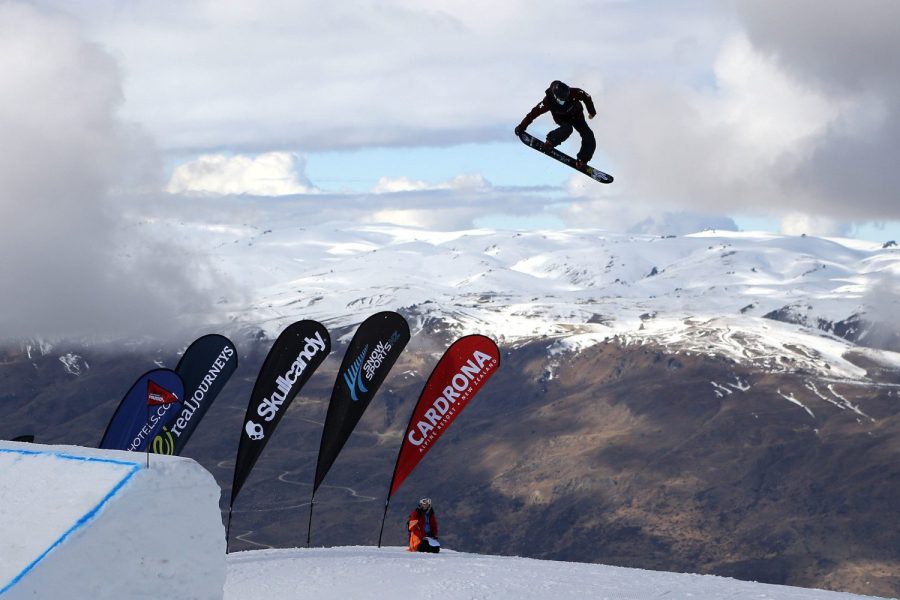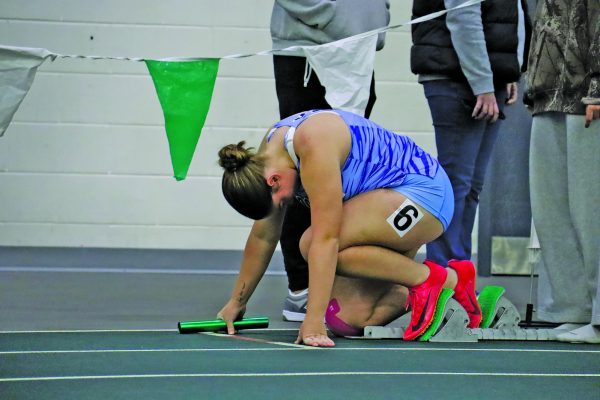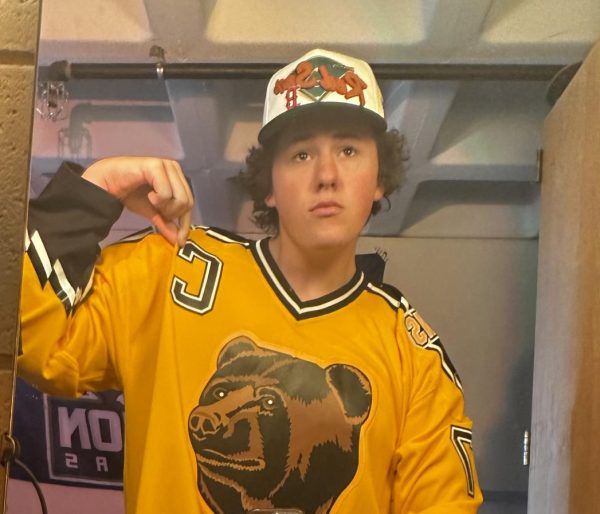Big air comes to Winter Olympics
The 2018 Olympic Winter Games in PyeongChang will soon be underway. Starting on Feb. 9, the 16-day event features a variety of winter sports including snowboarding, skiing, ice skating, curling, luging and much more.
This year, newly added events include mixed doubles in Curling, a mass start in Speed Skating, an Alpine Skiing national mixed team event, and perhaps the most anticipated of all, Big Air Snowboarding.
The new curling, skating and skiing events are similar to already existing events in the games. The speed skating involves a new type of start, where up to 24 athletes may be on the ice at once. This crowded, jostling start will be a quite a change from the classic two-skater race.
The Alpine Skiing national mixed team event also puts more athletes on the course. It involves two identical parallel courses and two athletes from different national coed teams who race against each other to earn points. It is aimed to provide a more team-focused event to the Alpine skiing world.
Mixed doubles Curling is a new form of curling that involves only two players and different positions for the “stones” on the ice. It is similar to traditional curling and has the same scoring, but tends to be faster paced.
Big Air Snowboarding is a type of freestyle snowboarding. Riders speed down a long ramp with a slope of 40 degrees at its steepest point. Gaining as much speed as possible, they take off and attempt to impress the panel of judges with a series of complicated tricks. The goal is big, bold and heart stopping.
The ramp in PyeongChang is 49 meters tall, the largest in the world. Athletes who competed in November of 2016 in the FIS Snowboard World Cup were able to debut the jump during one of the first of 24 Olympic test events. These events allow venues, workforce and athletes a chance to be tried and tested before the actual 2018 Olympic Games.
The US Ski and Snowboard Association had been lobbying the International Olympic Committee (IOC) to include Big Air Snowboarding in the Olympics. The approval of the event is another step towards incorporating more events that appeal to youth. This is one goal proposed by the IOC Olympic Agenda 2020, which was unanimously approved at the 127th IOC Session in Monaco in 2014.
This agenda is a guide for the future of the Olympic games, and according to the official Olympic website, “shows the IOC safeguarding the uniqueness of the Olympic Games and strengthening sport in society.”
The IOC said the changes were made to the program based on “added value; youth appeal; attractiveness for TV, media and the general public; gender equality; minimum impact on the number of events and/or quotas; and infrastructure and operational cost and complexity.”
However, there is some controversy regarding these changes. To make room for the new snowboarding event, the IOC decided to remove men’s and women’s Snowboard Parallel Slalom, an event that was popular in European nations. There has been speculation by athletes and coaches that the US, which has a freestyle-focused environment, is using the inclusion of this event to snag more medals, while European nations will struggle to adjust to the shift toward more freestyle events.
“I thought IOC would see through a couple of things, namely that this is a play from US to secure medals.” said Olympic snowboarder Justin Reiter in an interview with Teton Gravity Research. “If I were Germany, Russia, or another country with a strong alpine snowboarding program, I would be pissed.”
But some athletes think including Big Air in the Olympics is thrilling and are excited for the new opportunities it will provide. Ty Walker, an Olympic snowboarder from Stowe, Vermont, is one of those athletes.
“Having big air in the Olympics is super exciting for me,” stated Walker, a 2014 slopestyle Olympian. “It’s great that there is an event that highlights the jumps specifically, and I’m looking forward to potentially competing in big air and slopestyle in 2018.”







